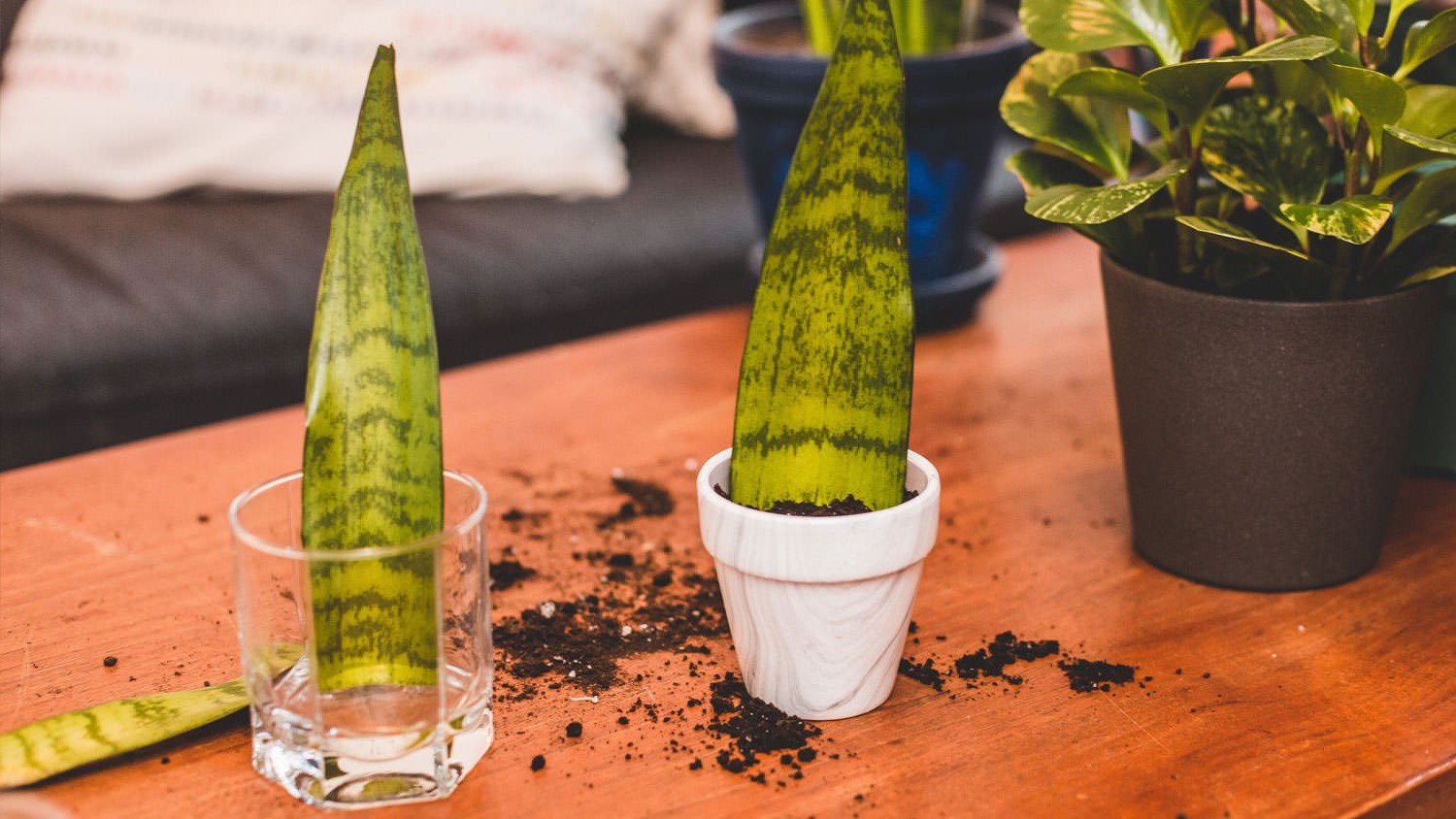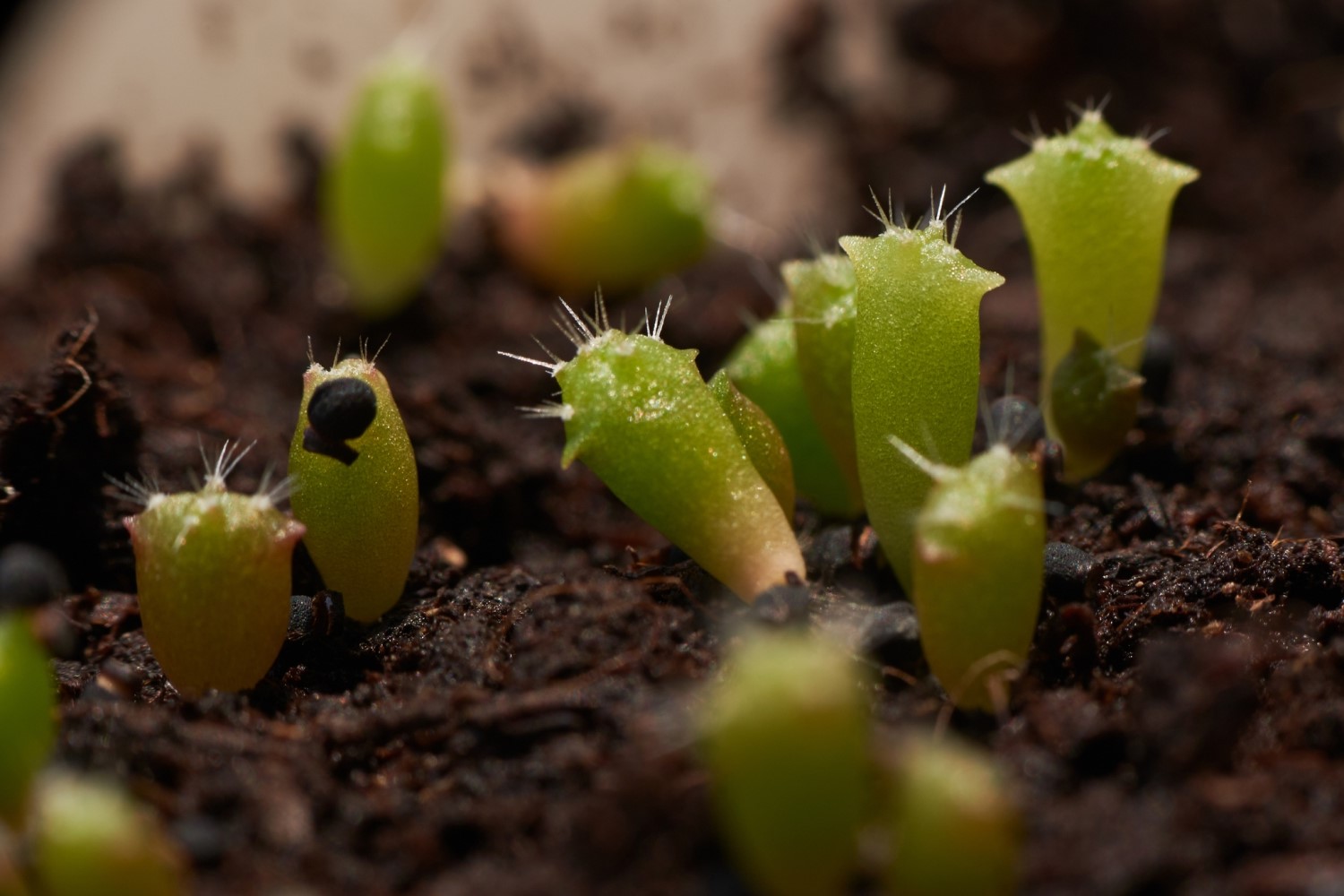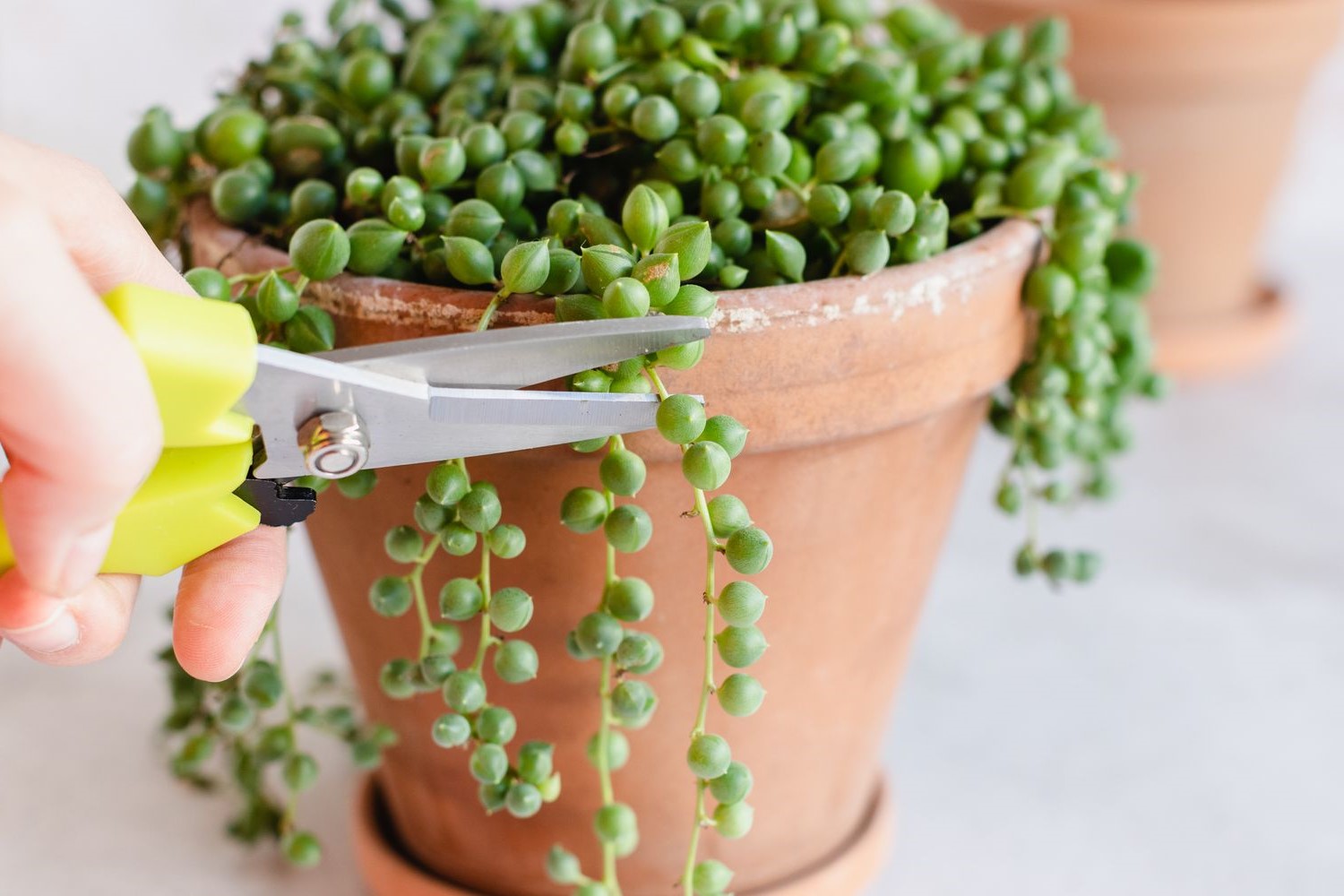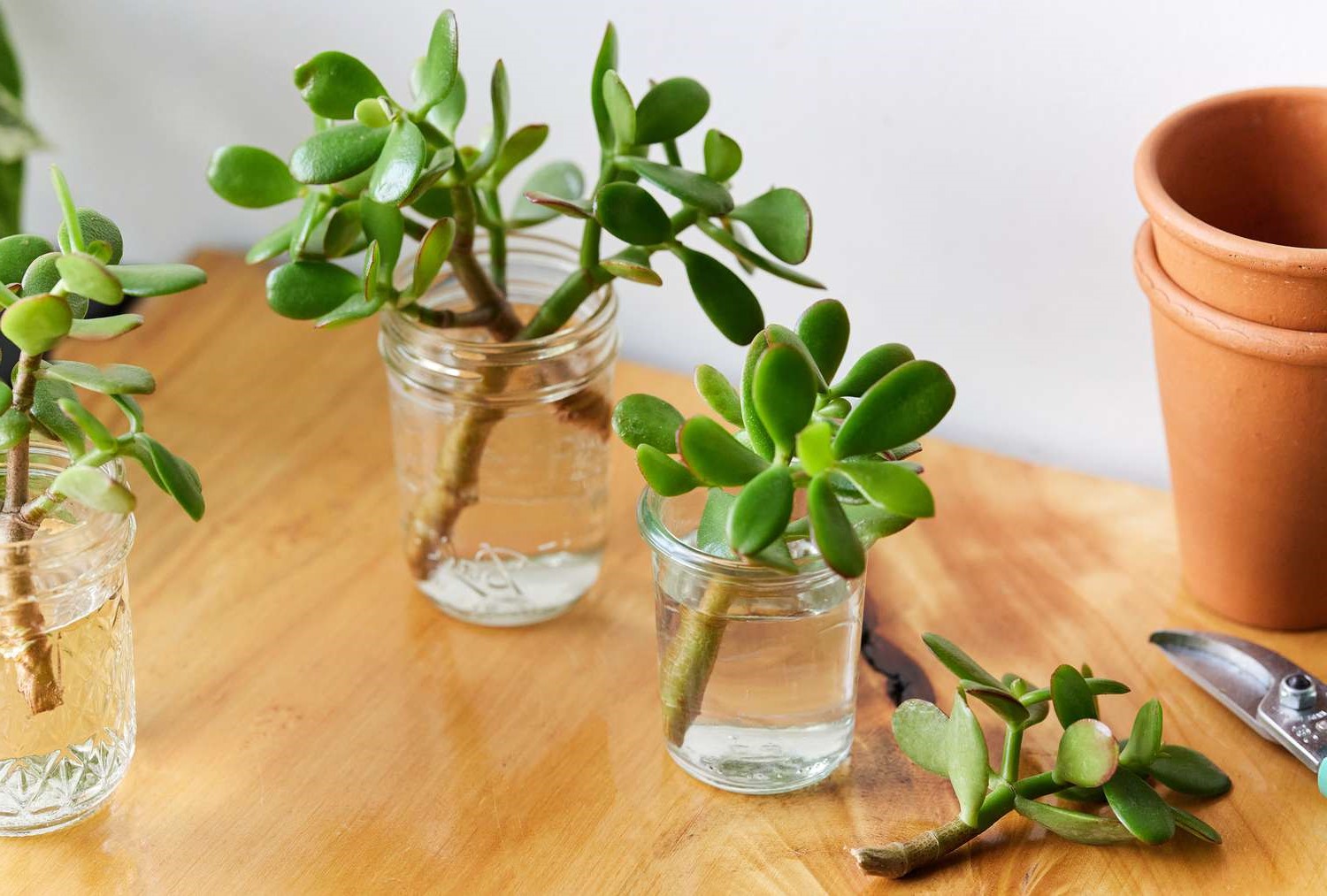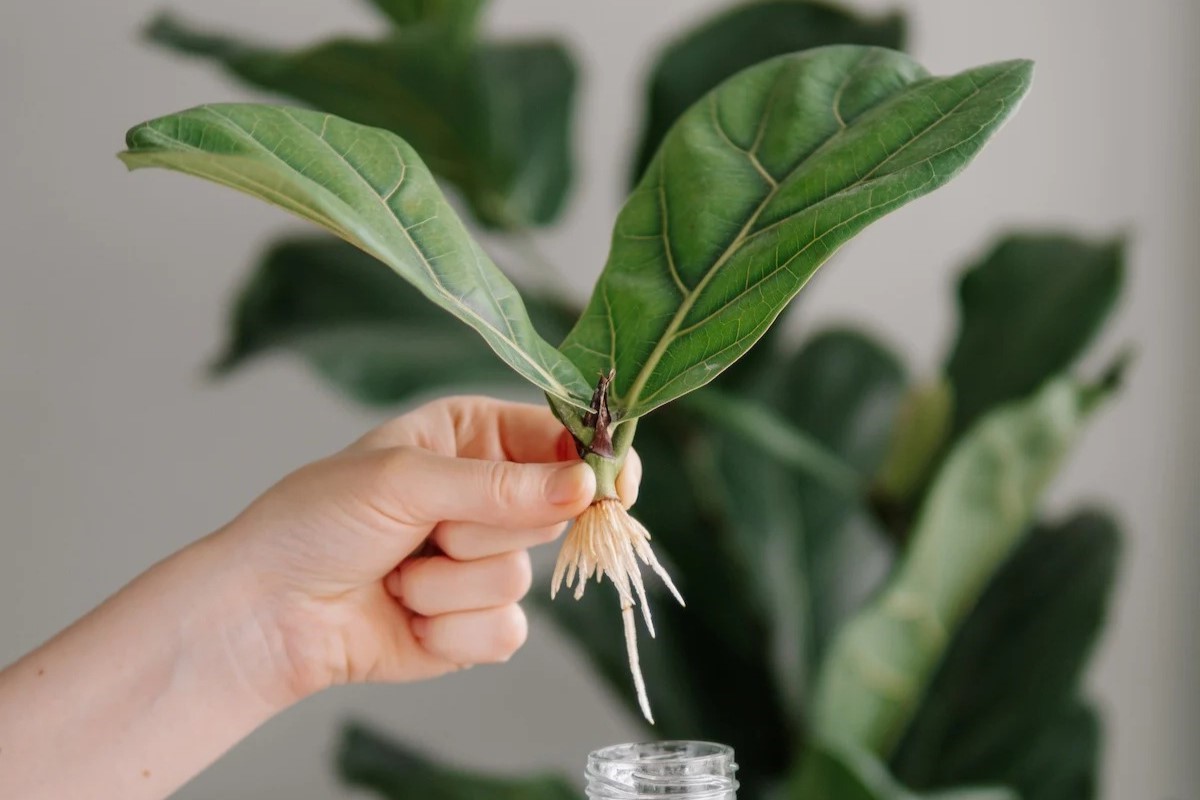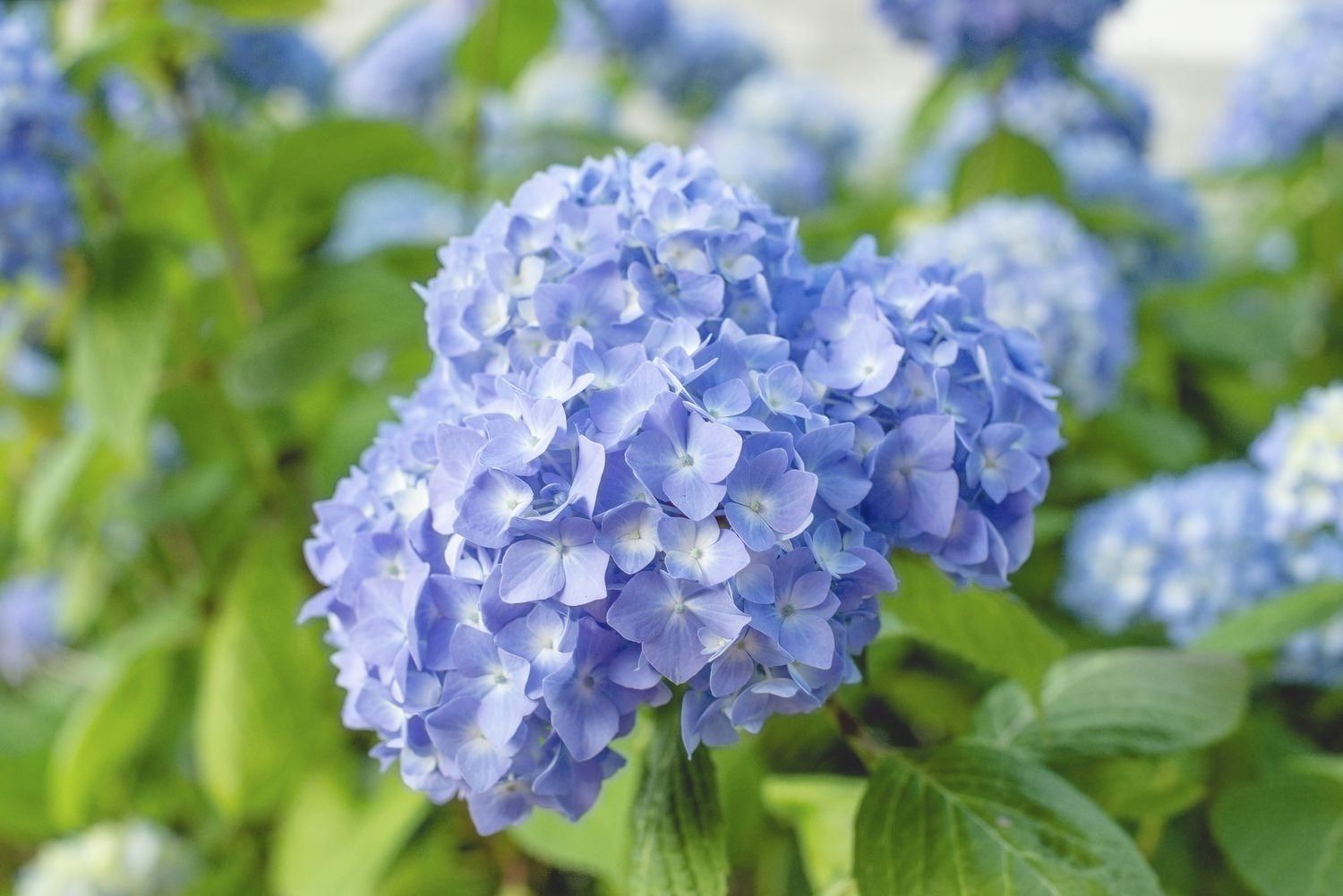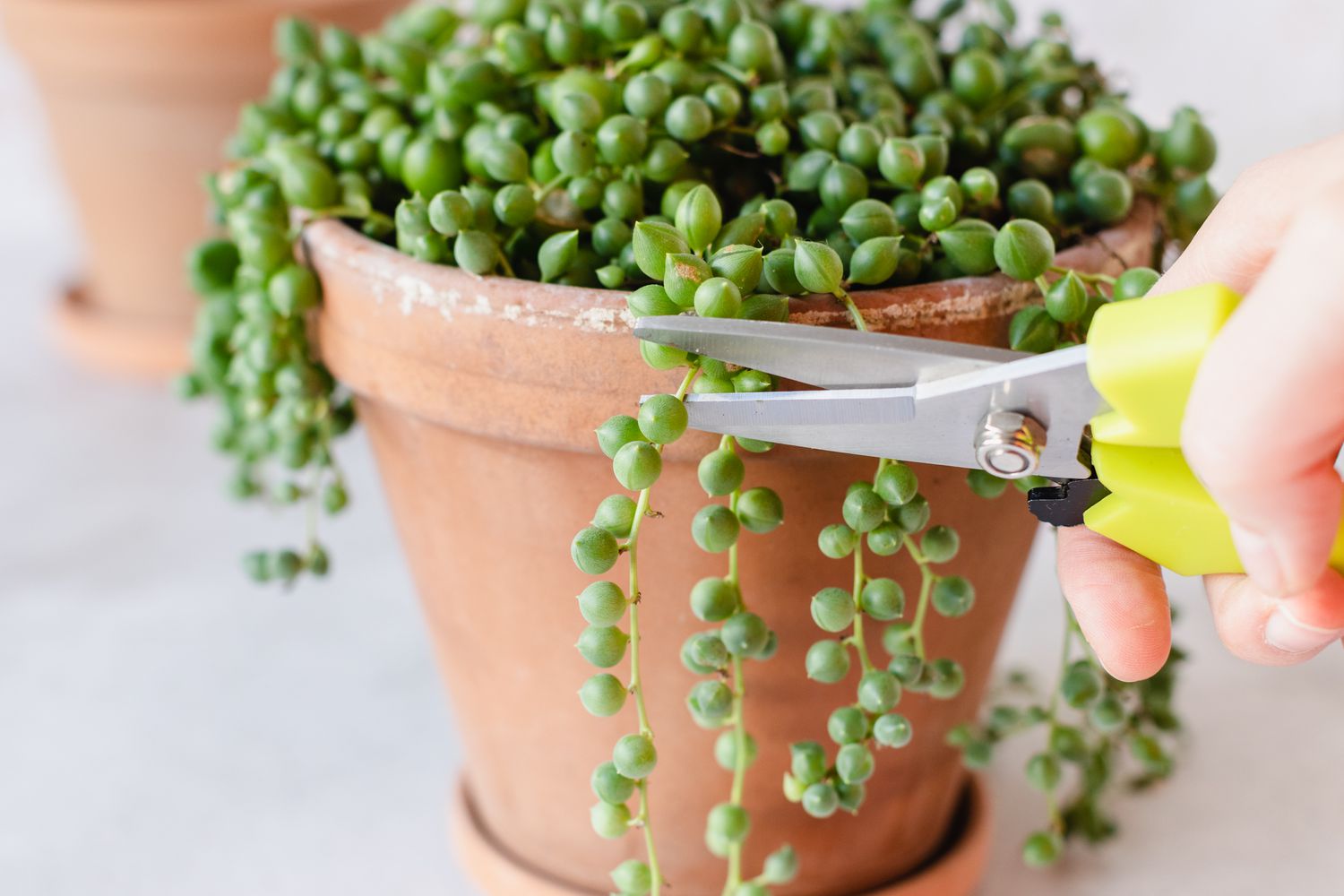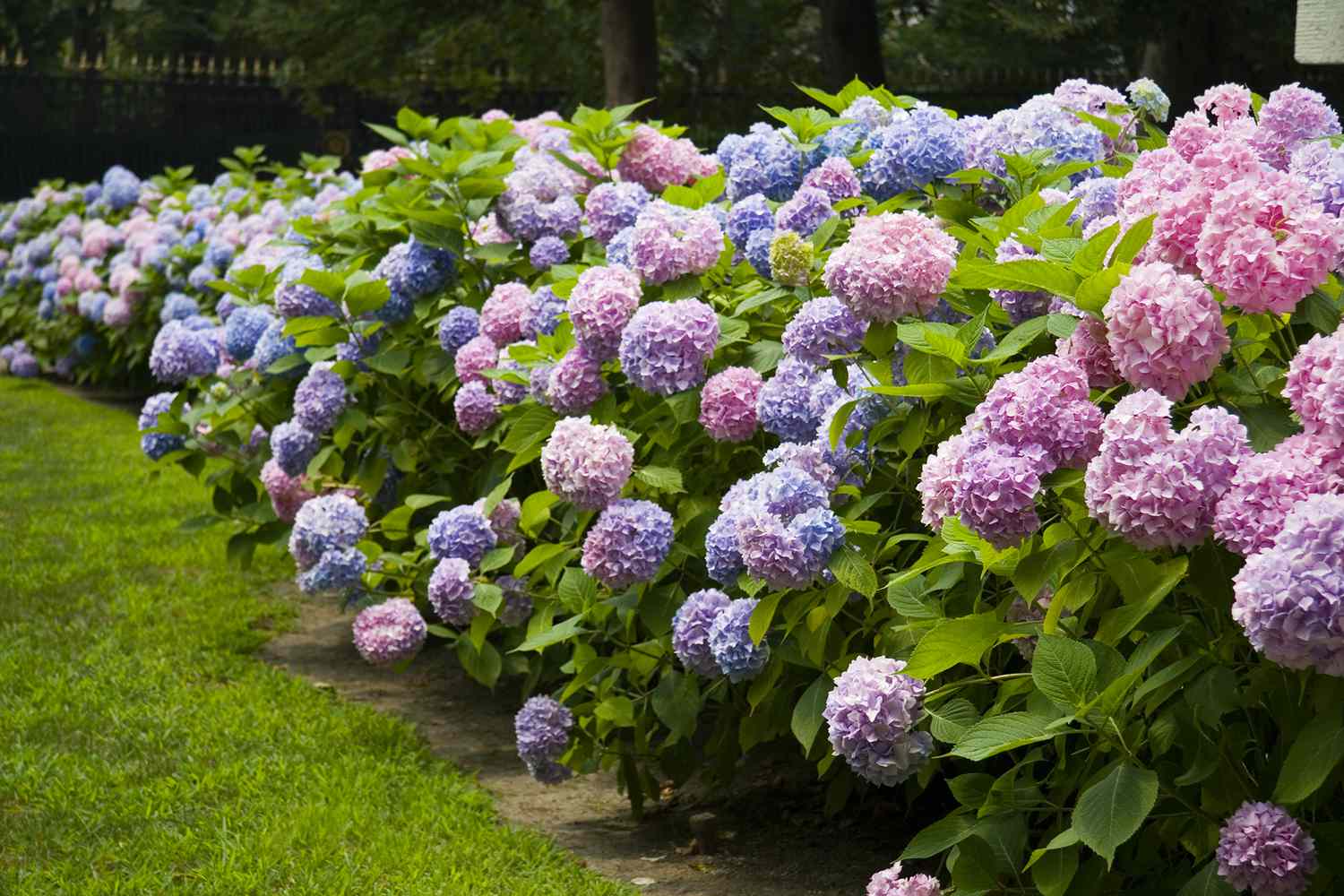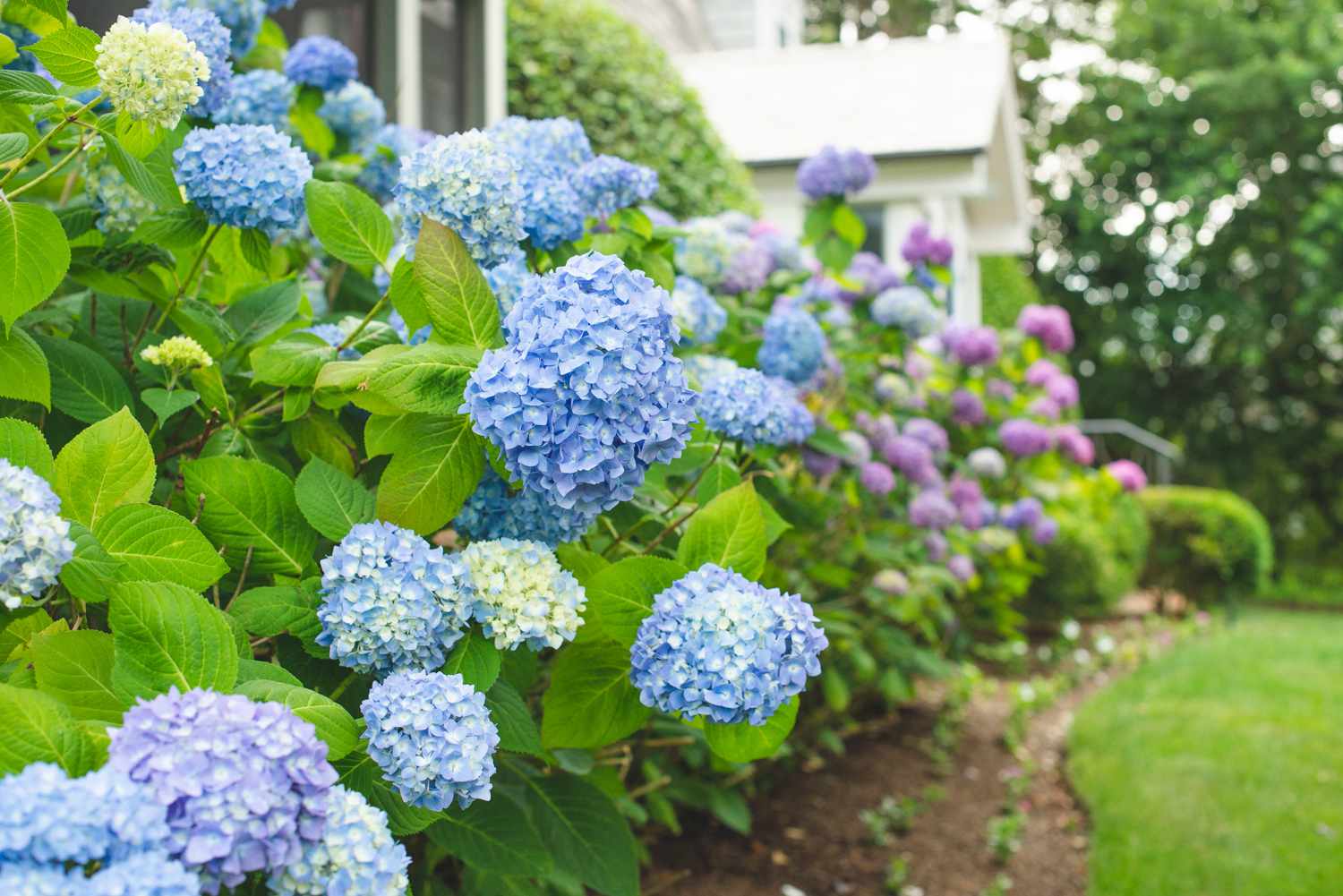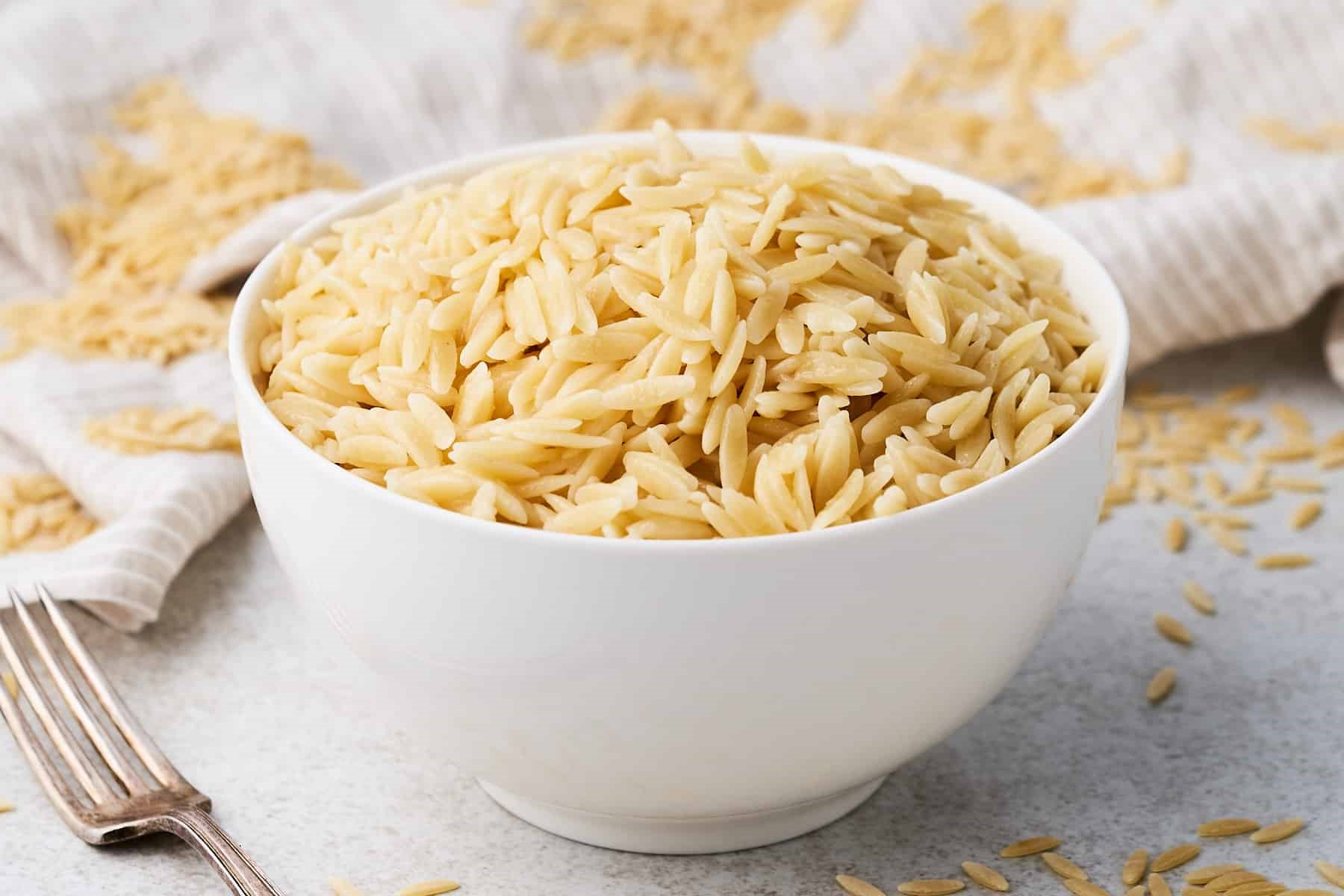Home>Home and Garden>How To Propagate Hydrangeas
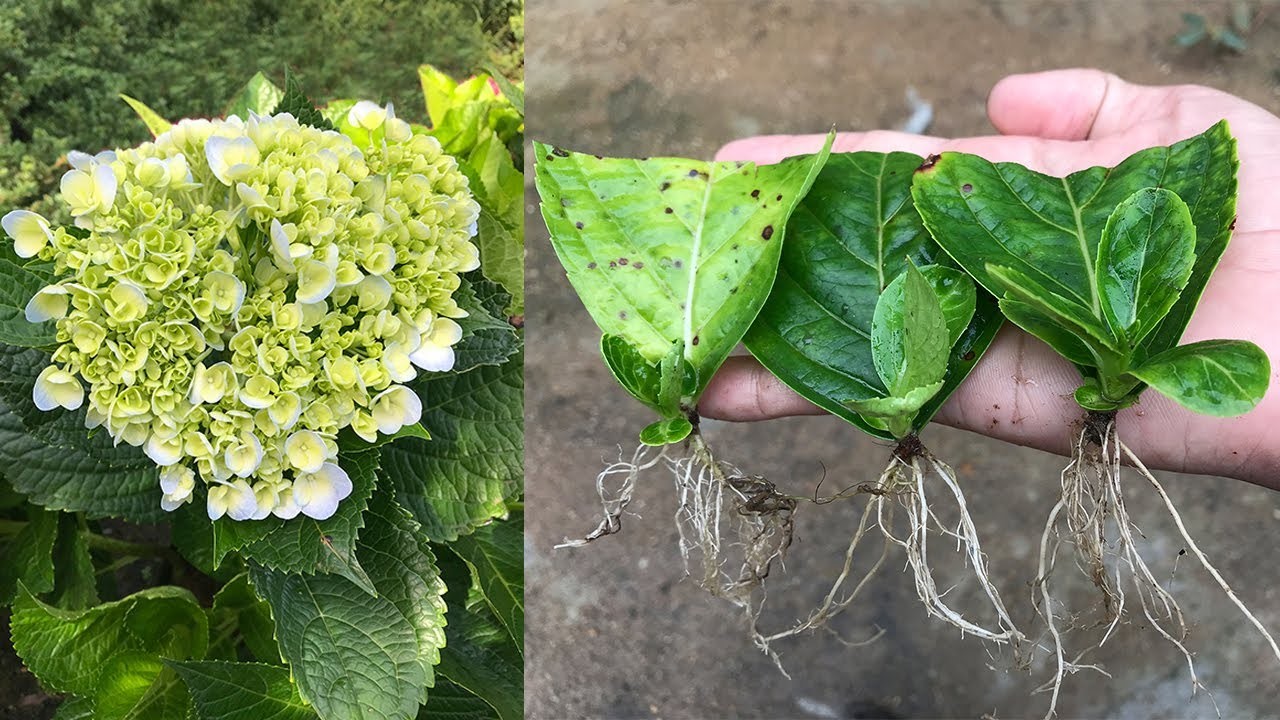

Home and Garden
How To Propagate Hydrangeas
Published: March 2, 2024
Learn how to propagate hydrangeas in your home and garden with our expert tips and techniques. Discover the best methods for successful propagation and watch your hydrangea garden flourish.
(Many of the links in this article redirect to a specific reviewed product. Your purchase of these products through affiliate links helps to generate commission for Noodls.com, at no extra cost. Learn more)
Table of Contents
Introduction
Hydrangeas are beloved for their stunning blooms and lush foliage, making them a cherished addition to any garden or landscape. With their diverse range of colors and elegant, voluminous flowers, hydrangeas have become a staple in many gardens, adding a touch of charm and beauty. Whether adorning a garden bed, lining a walkway, or gracing a vase indoors, these versatile plants are a delight to behold.
In this comprehensive guide, we will delve into the art of propagating hydrangeas, allowing you to expand your garden with these enchanting blooms. Propagation is an immensely rewarding process that enables you to multiply your hydrangea collection, share them with friends and family, or simply enjoy the satisfaction of nurturing new plants from established ones.
Understanding the intricacies of hydrangeas and the various propagation methods available will empower you to embark on this journey with confidence. From the initial stages of selecting the right plants to caring for the newly propagated hydrangeas, this guide will equip you with the knowledge and skills needed to successfully propagate these captivating flowers.
Whether you are a seasoned gardener or a novice enthusiast, propagating hydrangeas can be a fulfilling and enjoyable endeavor. By the end of this guide, you will be well-versed in the art of propagating hydrangeas, ready to embark on this rewarding horticultural adventure. So, let's embark on this journey and unlock the secrets of propagating these timeless beauties.
Read more: How To Propagate Aloe
Understanding Hydrangeas
Hydrangeas, belonging to the Hydrangeaceae family, are renowned for their captivating beauty and diverse characteristics. These deciduous shrubs are native to various regions, including Asia and the Americas, and are cherished for their stunning blooms and lush foliage. One of the most fascinating aspects of hydrangeas is their ability to change flower color based on soil pH, adding an element of intrigue to their allure.
These versatile plants come in a range of species and cultivars, each offering unique features such as flower shape, size, and color. The most common types of hydrangeas include the mophead (Hydrangea macrophylla), lacecap (Hydrangea macrophylla normalis), panicle (Hydrangea paniculata), smooth (Hydrangea arborescens), and oakleaf (Hydrangea quercifolia) hydrangeas. Each variety boasts distinct characteristics, from the iconic large, rounded blooms of the mophead hydrangea to the cone-shaped flower clusters of the panicle hydrangea.
Understanding the specific requirements of different hydrangea varieties is crucial for successful propagation. Factors such as sunlight exposure, soil composition, and pruning techniques play a pivotal role in nurturing healthy and vibrant hydrangeas. Additionally, being aware of the preferred growing conditions and maintenance needs of hydrangeas is essential for ensuring their longevity and optimal growth.
Furthermore, comprehending the life cycle of hydrangeas, including their growth patterns, blooming seasons, and dormancy periods, is fundamental for effective propagation. By gaining insight into the natural behavior of hydrangeas, gardeners can make informed decisions when selecting plants for propagation and implementing suitable propagation methods.
In essence, delving into the intricacies of hydrangeas allows enthusiasts to appreciate the nuances of these enchanting plants and cultivate a deeper connection with their garden. Whether it's admiring the ever-changing hues of hydrangea blooms or marveling at their resilience in various climates, understanding hydrangeas is a gateway to a world of horticultural wonder.
By familiarizing ourselves with the unique traits and requirements of hydrangeas, we can embark on the propagation journey with confidence, knowing that we are equipped with the knowledge needed to nurture and propagate these timeless beauties.
Propagation Methods
Propagation is the process of creating new plants from existing ones, allowing gardeners to expand their collections and share the beauty of their favorite flora. When it comes to hydrangeas, there are several effective propagation methods to choose from, each offering its own set of advantages and considerations. Whether you prefer the simplicity of propagating from cuttings, the reliability of division, or the ingenuity of layering, there's a method suited to your gardening style and the specific needs of your hydrangeas.
Propagating Hydrangeas from Cuttings
One of the most popular and straightforward methods of propagating hydrangeas is through cuttings. This method involves taking stem cuttings from a healthy, established hydrangea plant and encouraging them to develop roots, ultimately giving rise to new, independent plants. To propagate hydrangeas from cuttings, it's essential to select a suitable parent plant with robust, disease-free stems and vibrant foliage. By carefully snipping a 4-6 inch section of a healthy stem, ideally with a pair of leaves attached, and treating it with a rooting hormone, you can create an ideal environment for root development. Placing the cuttings in a well-draining, moist growing medium and providing adequate warmth and humidity will facilitate the rooting process, leading to the emergence of new, self-sustaining hydrangea plants.
Propagating Hydrangeas from Division
Another effective method for propagating hydrangeas is division, which involves separating an established plant into multiple sections, each capable of thriving independently. This method is particularly suitable for hydrangeas that have grown into dense clumps, as it allows gardeners to rejuvenate the plant while obtaining new specimens. To propagate hydrangeas from division, carefully excavate the root ball of the parent plant and divide it into smaller sections, ensuring that each division possesses a healthy root system and ample foliage. By transplanting these divisions into prepared soil and providing them with the necessary care, you can encourage their growth and establishment as individual hydrangea plants.
Read more: How To Propagate Rubber Plant
Propagating Hydrangeas from Layering
Layering is a creative and reliable propagation method that involves encouraging stems of the parent plant to develop roots while still attached, ultimately resulting in new, independent plants. This method is particularly advantageous for hydrangeas with flexible, low-lying branches, as it allows for the seamless establishment of new plants without the need for severing the stems. To propagate hydrangeas from layering, select a healthy, flexible stem and gently bend it to the ground, securing it in place and ensuring that a portion of the stem is buried in the soil. Over time, the buried section of the stem will develop roots, enabling it to be separated from the parent plant and transplanted as a new, self-sufficient hydrangea.
By exploring these diverse propagation methods, gardeners can embark on a rewarding journey of multiplying their hydrangea collection and nurturing new plants from established ones. Each method offers its own unique set of benefits and considerations, allowing enthusiasts to choose the approach that best aligns with their gardening preferences and the specific needs of their hydrangeas. Whether it's the simplicity of cuttings, the reliability of division, or the ingenuity of layering, the art of propagating hydrangeas presents a world of possibilities for gardeners to explore and enjoy.
Propagating Hydrangeas from Cuttings
Propagating hydrangeas from cuttings is a popular and effective method that allows gardeners to create new plants with the same desirable traits as the parent plant. This propagation technique offers a straightforward approach to expanding your hydrangea collection and is particularly advantageous for preserving the unique characteristics of specific cultivars.
To begin the process of propagating hydrangeas from cuttings, it is crucial to select a healthy and well-established parent plant. Look for a hydrangea with robust, disease-free stems and vibrant foliage, as these are indicative of a strong and viable candidate for propagation. When choosing a stem for cutting, opt for a 4-6 inch section that is free from any signs of damage or disease. Ideally, the cutting should also include a pair of leaves, as these will aid in the development of the new plant.
Once the suitable stem has been identified, it is essential to make a clean, angled cut just below a leaf node. This cut should be made using sharp, sterile pruning shears to ensure a smooth and precise incision. After obtaining the cutting, remove any lower leaves to create a clean stem, leaving a pair of leaves at the top to facilitate photosynthesis.
To encourage the development of roots, it is beneficial to apply a rooting hormone to the base of the cutting. Rooting hormones contain auxins, which are natural plant hormones that stimulate root growth. By dipping the cut end of the stem into the rooting hormone, you create an environment conducive to root initiation, increasing the likelihood of successful propagation.
Next, prepare a suitable growing medium for the cuttings. A well-draining, moist medium, such as a mix of perlite and peat moss, provides an ideal environment for root development. Plant the cuttings in the prepared medium, ensuring that they are positioned at a suitable depth to support stability and encourage root growth.
After planting, it is essential to provide the cuttings with the right conditions for root development. Place the cuttings in a warm, humid environment with indirect sunlight, as excessive heat or direct sunlight can hinder the rooting process. Regular misting or covering the cuttings with a clear plastic dome can help maintain the necessary humidity levels for successful propagation.
By following these steps and providing attentive care, the cuttings will gradually develop roots, signaling the emergence of new, independent hydrangea plants. Once the roots are well-established, the new plants can be transplanted into individual containers or directly into the garden, where they will continue to grow and flourish, adding to the beauty of your garden.
Propagating hydrangeas from cuttings offers a gratifying opportunity to expand your garden with vibrant and resilient plants, each carrying the legacy of their parent and contributing to the enchanting tapestry of your outdoor space.
Propagating Hydrangeas from Division
Propagating hydrangeas from division is a reliable and straightforward method that allows gardeners to multiply their hydrangea collection while rejuvenating established plants. This propagation technique is particularly beneficial for hydrangeas that have formed dense clumps or overgrown clusters, as it provides an opportunity to divide the plant into smaller, manageable sections, each capable of thriving independently.
To initiate the process of propagating hydrangeas from division, begin by selecting a mature and healthy hydrangea plant that exhibits vigorous growth and abundant foliage. Ideally, choose a plant that has outgrown its current space or shows signs of overcrowding, as these are indicative of a suitable candidate for division. Spring or early fall is generally the optimal time for division, as the plant is actively growing, and the weather conditions are conducive to successful establishment.
Carefully excavate the root ball of the hydrangea, ensuring that the plant is lifted with minimal disturbance to the root system. Once the root ball is exposed, assess the plant's structure and identify natural points of division, such as distinct clumps or sections with their own root systems. Using sharp, sterile gardening tools, such as a spade or garden knife, gently separate these divisions from the parent plant, ensuring that each section possesses a healthy root system and an adequate amount of foliage.
After dividing the hydrangea plant, it is essential to prepare the planting site for the new divisions. Amend the soil with organic matter to enhance its fertility and drainage, creating an optimal environment for the newly divided plants to establish themselves. When transplanting the divisions, ensure that they are positioned at the appropriate depth and are adequately watered to promote root development and reduce transplant shock.
Providing the newly divided hydrangeas with consistent moisture and appropriate care will facilitate their acclimatization and encourage robust growth. Regular monitoring of the divisions' progress, including observing new growth and assessing their overall health, is crucial for ensuring their successful establishment in their new locations.
By propagating hydrangeas from division, gardeners can breathe new life into overgrown plants while obtaining additional specimens to enrich their garden. This method not only allows for the expansion of the hydrangea collection but also contributes to the overall health and vitality of the existing plants, promoting a harmonious and flourishing garden landscape.
Through the art of division, the beauty and resilience of hydrangeas can be perpetuated, ensuring that their timeless charm continues to grace gardens for generations to come.
Propagating Hydrangeas from Layering
Propagating hydrangeas from layering is a creative and reliable method that offers an innovative approach to multiplying these beloved plants. This propagation technique is particularly advantageous for hydrangeas with flexible, low-lying branches, as it allows for the seamless establishment of new plants without the need for severing the stems.
To initiate the process of propagating hydrangeas from layering, select a healthy and flexible stem on the parent plant. Ideally, choose a stem that is close to the ground and possesses the flexibility needed for successful layering. With a gentle hand, bend the selected stem towards the ground, taking care to avoid causing damage to the plant. Once the stem is positioned horizontally, secure it in place using a small stake or by burying a portion of it in the soil, ensuring that a section of the stem is covered with soil while the remaining portion extends above the ground.
The buried section of the stem will gradually develop roots, facilitated by the presence of moisture and nutrients in the surrounding soil. Over time, the rooted section will establish itself as an independent plant, connected to the parent plant through the original stem. This method allows for the natural development of new roots, enabling the creation of self-sustaining hydrangea plants without the need for immediate separation from the parent.
As the layered stem begins to exhibit signs of vigorous growth and the emergence of new roots, it can be carefully separated from the parent plant and transplanted to a new location. This process should be undertaken with care to minimize disruption to the newly formed root system, ensuring the successful transition of the new plant to its designated spot in the garden.
By propagating hydrangeas from layering, gardeners can explore an alternative and inventive approach to expanding their hydrangea collection. This method not only offers a practical means of obtaining new plants but also provides an opportunity to witness the natural process of root development and the seamless transition of a new plant from its parent.
The art of layering presents an engaging and organic method of propagation, allowing enthusiasts to witness the remarkable resilience and adaptability of hydrangeas as they effortlessly give rise to new generations of captivating blooms.
Read more: How To Propagate Monstera
Caring for Newly Propagated Hydrangeas
After successfully propagating hydrangeas through the chosen method, it is essential to provide attentive care to the newly established plants to ensure their healthy growth and development. Caring for newly propagated hydrangeas involves creating an environment that supports their establishment, addressing their specific needs, and monitoring their progress as they acclimate to their new surroundings.
Upon transplanting the newly propagated hydrangeas, it is crucial to provide them with consistent moisture to support root development and reduce transplant shock. Adequate watering, particularly during the initial stages of establishment, is essential for promoting healthy growth and ensuring that the plants receive the hydration they require to thrive. However, it is important to avoid overwatering, as excessive moisture can lead to root rot and other detrimental conditions. By maintaining a balanced approach to watering, gardeners can support the hydration needs of the newly propagated hydrangeas while safeguarding them from potential water-related issues.
In addition to moisture management, providing the newly propagated hydrangeas with suitable sunlight exposure is vital for their overall well-being. Assess the specific light requirements of the chosen hydrangea variety and position the plants accordingly. While some hydrangeas thrive in partial shade, others may benefit from full sunlight. Understanding the sunlight preferences of the propagated hydrangeas will enable you to create an optimal environment that supports their growth and encourages the development of vibrant foliage and blooms.
Furthermore, applying a layer of organic mulch around the base of the newly propagated hydrangeas can offer multiple benefits. Mulch helps conserve soil moisture, regulates soil temperature, and suppresses weed growth, creating a favorable environment for the plants to thrive. Additionally, organic mulch gradually decomposes, enriching the soil with essential nutrients and contributing to the overall health of the hydrangeas.
Regular monitoring of the newly propagated hydrangeas is essential for identifying any signs of stress, disease, or nutrient deficiencies. By observing the plants closely and addressing any issues promptly, gardeners can intervene effectively and provide the necessary care to support the plants' recovery and continued growth.
By providing attentive care and addressing the specific needs of the newly propagated hydrangeas, gardeners can foster their successful establishment and set the stage for a flourishing garden adorned with the timeless beauty of these enchanting blooms.
Conclusion
In conclusion, the art of propagating hydrangeas is a gratifying and enriching journey that offers gardeners the opportunity to expand their collections, share the beauty of these timeless blooms, and perpetuate the legacy of cherished cultivars. By delving into the intricacies of hydrangeas and exploring the various propagation methods available, enthusiasts can unlock a world of possibilities for nurturing new plants from established ones.
Understanding the unique traits and requirements of hydrangeas is fundamental for successful propagation, as it empowers gardeners to make informed decisions and provide the optimal care needed for the plants to thrive. Whether it's the vibrant blooms of the mophead hydrangea, the delicate lacecap flowers, or the striking panicles of the panicle hydrangea, each variety offers its own captivating allure, adding depth and diversity to garden landscapes.
The propagation methods of cuttings, division, and layering present diverse approaches to creating new hydrangea plants, each with its own set of benefits and considerations. From the simplicity of propagating from cuttings to the reliability of division and the ingenuity of layering, gardeners have the flexibility to choose the method that best aligns with their gardening style and the specific needs of their hydrangeas.
Caring for newly propagated hydrangeas involves providing them with attentive and nurturing care, addressing their specific needs, and creating an environment that supports their successful establishment. By offering consistent moisture, suitable sunlight exposure, and vigilant monitoring, gardeners can set the stage for the newly propagated hydrangeas to flourish and grace the garden with their timeless beauty.
As gardeners embark on the propagation journey, they not only multiply their hydrangea collection but also cultivate a deeper connection with these enchanting plants. The resilience, adaptability, and captivating allure of hydrangeas serve as a testament to the enduring charm of these beloved blooms, inspiring enthusiasts to continue nurturing and propagating them for generations to come.
In essence, the art of propagating hydrangeas is a celebration of horticultural wonder, resilience, and the timeless beauty of nature. It invites gardeners to immerse themselves in the captivating world of hydrangeas, where each propagation endeavor unfolds as a testament to the enduring legacy of these beloved blooms.
